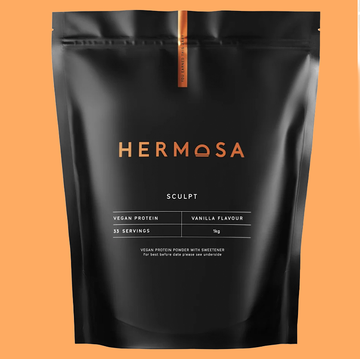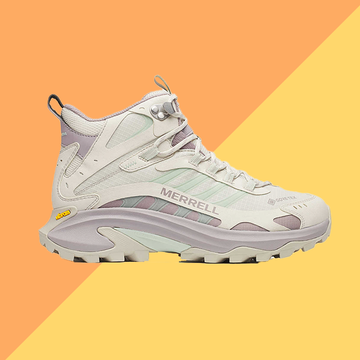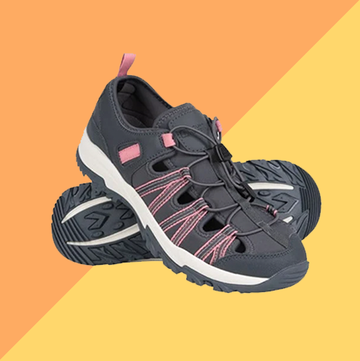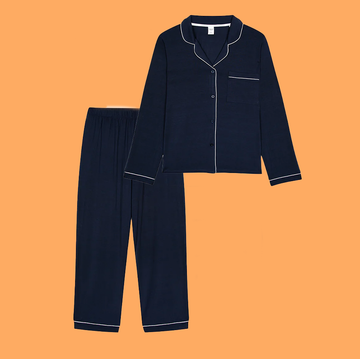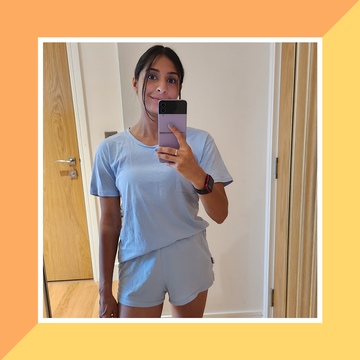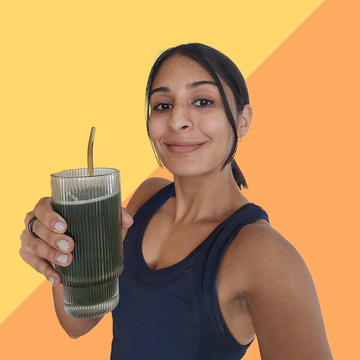We earn a commission for products purchased through some links in this article.
No more swollen feet! The best compression socks for long-haul flights and standing all day
Helping to boost circulation and ease swelling

When you travel to far-flung destinations or spend long stretches of time walking or standing, you probably experience swollen ankles and legs at the end of the day. Thankfully, there's an easy and comfortable solution for this bothersome condition: the best compression socks.
These knee-high wonders work by applying gradual pressure, which in turn, helps improve circulation and reduces swelling.
There's a wide range of designs available for different needs, from running to travel, so we've rounded up our top buys, based on detailed research, expert advice and first-hand reviews, along with everything you need to know before you shop.
The best compression socks for travel
Summer holiday booked? Discover our Tried and Tested travel essentials: Best suitcases | Best cabin bags | Packing cubes
How do compression socks work?
“Compression socks are tightest at the ankle and gradually decrease in pressure up the leg,” explains Dr Sam Bhide, clinical director at PhysioZen. “By compressing the superficial veins, arteries and muscles, they help improve blood circulation, enhancing overall vascular health,” she adds.
According to Dr Bhide, they can help to improve blood circulation, reduce swelling, reduce the risk of blood clots and deep vein thrombosis (DVT), and alleviate symptoms for those with varicose veins.
Who should use compression socks?
Dr Bhide says compression socks are particularly helpful for:
- Individuals with varicose veins, oedema (a build-up of fluid in the body) or chronic venous insufficiency (which occurs when your leg veins have been damaged)
- People recovering from surgery or injury
- Pregnant women, due to the increase in water weight
- People who are bed-bound or those with limited mobility
- Frequent travellers on long flights
- Workers who stand or sit for prolonged periods
Please note that you should always consult your GP before trying compression socks to make sure they're appropriate for you. You'll find more detail on how to find the best level of compression for your needs below.
Why should I wear a compression sock while flying?
During flights, especially long-haul, prolonged sitting can restrict blood flow in the legs, increasing the risk of swelling and DVT. “Compression socks help mitigate these risks by enhancing circulation, reducing leg and ankle swelling, and lowering the chances of blood clots,” says Dr Bhide.
She recommends also wearing “loose fitting clothes, so the knee-high compression socks can apply the optimum pressure on the legs. Ideally, wear compression socks before boarding and keep them on throughout the flight duration.”
If you find compression socks uncomfortable, you should stop wearing them.
How we choose the best compression socks
We spoke to the experts and researched all the market-leading brands to find the best compression socks available for different needs, from thigh high stockings for full-leg compression to compression socks for runners.
These are the ones we’ll be putting on before taking off.
Emma Seymour (she/her) is the associate director of the Good Housekeeping Institute's Textiles, Paper and Apparel Lab, where she has led testing for luggage, pillows, towels, tampons and more since 2018. She graduated from Cornell University with a bachelor of science in fiber science and apparel design and a minor in gerontology, completing research in the Body Scanner Lab on optimizing activewear for athletic performance.
Grace Wu (she/her) is a product reviews analyst at the Good Housekeeping Institute's Textiles, Paper and Apparel Lab, where she evaluates fabric-based products using specialized equipment and consumer tester data. Prior to starting at Good Housekeeping in 2022, she earned a master of engineering in materials science and engineering and a bachelor of science in fiber science from Cornell University. While earning her degrees, Grace worked in research laboratories for smart textiles and nanotechnology and held internships at Open Style Lab and Rent the Runway.
Madeleine is our Lifestyle Writer, specialising in expert-tested reviews and round-ups on the latest beauty Beauty and Health & Wellness products. From skincare to protein powders, Maddie is committed to providing honest and helpful reviews to help guide readers to the best product for them. Maddie has a BA in English Literature and Language, which stemmed from her lifelong interest in reading and writing. She started her post graduate life at Hearst UK within a marketing capacity, which quickly turned into a desire to fulfil a writing career.
When she is not writing about the latest expert reviewed products, you can find her rifling through vintage shops or car boots, reading a print magazine, or capturing portraits on her film camera.

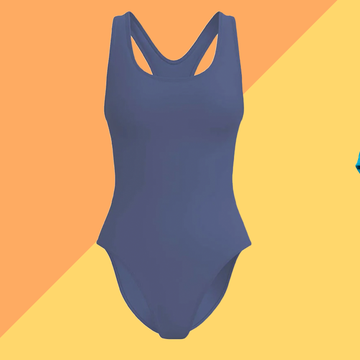
The best period swimwear, tried and tested

The best sleep supplements to help you nod off

The best running shoes to shop now

The best walking poles for 2025, tested by hikers








